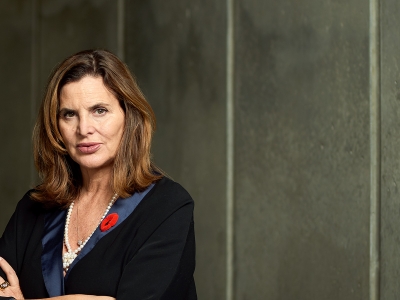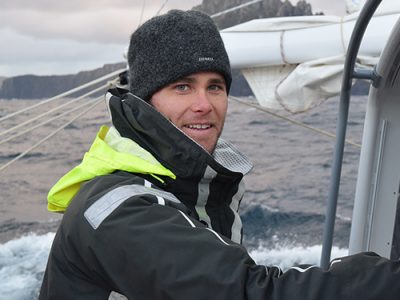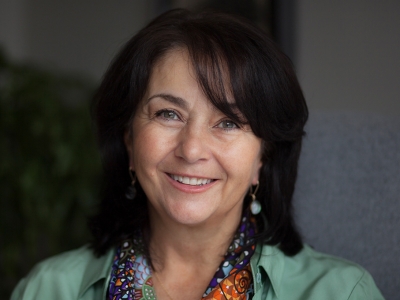Photos courtesy of Holly Benison
By Alyssa Tremblay
From green corn patties to preserved apples, public history student Holly Benison is teaching people around the world how to cook like a 19th-century Canadian immigrant through her YouTube video series, “The Backwoods Kitchen.”
Half cooking show and half history lesson, the series is actually part of Benison’s master’s thesis project at Carleton University.
Instead of writing a traditional paper, she’s studying women’s work and culinary history in the mid-1800s by creating educational videos in which she recreates recipes and techniques from the 1854 book The Female Emigrant’s Guide by Upper Canada author and naturalist Catharine Parr Trail.
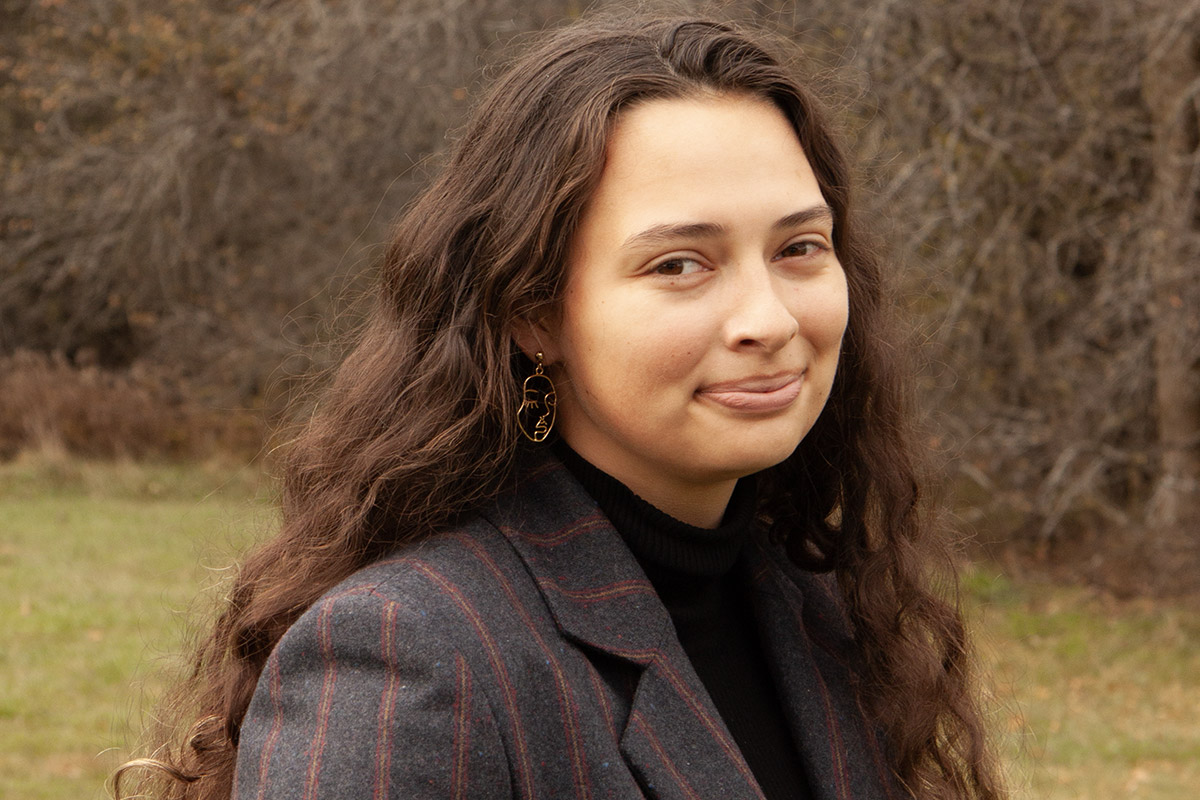
Carleton University student Holly Benison
With seven episodes uploaded and more to come, Benison is excited to be sharing her knowledge and passion for Canadian culinary history with a global audience.
“Growing up, I always loved history and museums,” she recalls.
“But I found there’s not enough content, especially online, that looks at Canadian history in an educational and entertaining way.”
“I honestly love historical cooking more than I love modern cooking, because it’s a bit like solving a mystery. You’re not just following a recipe – you’re learning old culinary techniques and hunting down ingredients that aren’t used as much anymore.”
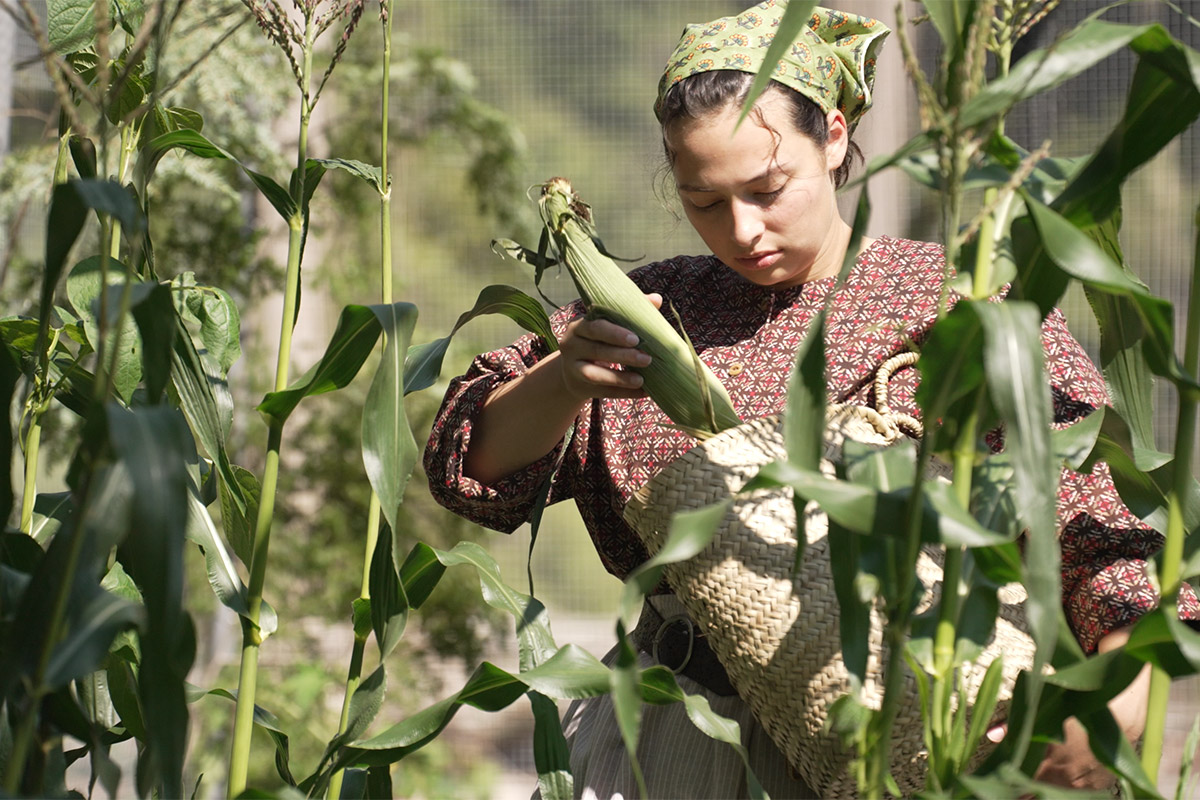
What is Public History?
Benison’s interest in Canadian culinary history was first sparked at a summer camp run by the Campbell House Museum in Toronto where she grew up when the museum’s director – culinary historian Liz Driver – took the teen campers to a farmers’ market and then taught them how to cook their entire lunch on a hearth fire.
“I thought it was so cool,” says Benison, who ended up spending many summers working at Fort York – another Toronto heritage site – as a historical animator.
Later, with a bachelor of arts in history and a graduate certificate in museum management and curatorship in tow, Benison came to Carleton in pursuit of a degree in public history.
“I would define public history as the ways that historians, artists, writers and other creative people make history more accessible to more people,” she explains, referencing things like podcasts, interactive museum exhibits and Canadian Heritage Minutes as examples.
She chose Carleton’s Department of History based on its reputation for encouraging creative research projects like her own and credits the program and her advisors for helping her develop her research methodologies and thoughtfully integrate critical Indigenous perspectives into her thesis.
“Considering the relations settlers had with local Indigenous nations – for Catharine Parr Trail, it was the Michi Saagiig people of Nogojiwanong – helps me tell a more authentic history,” Benison explains. “It better reflects what was really happening at the time and what the author was learning from the Indigenous communities surrounding her.”
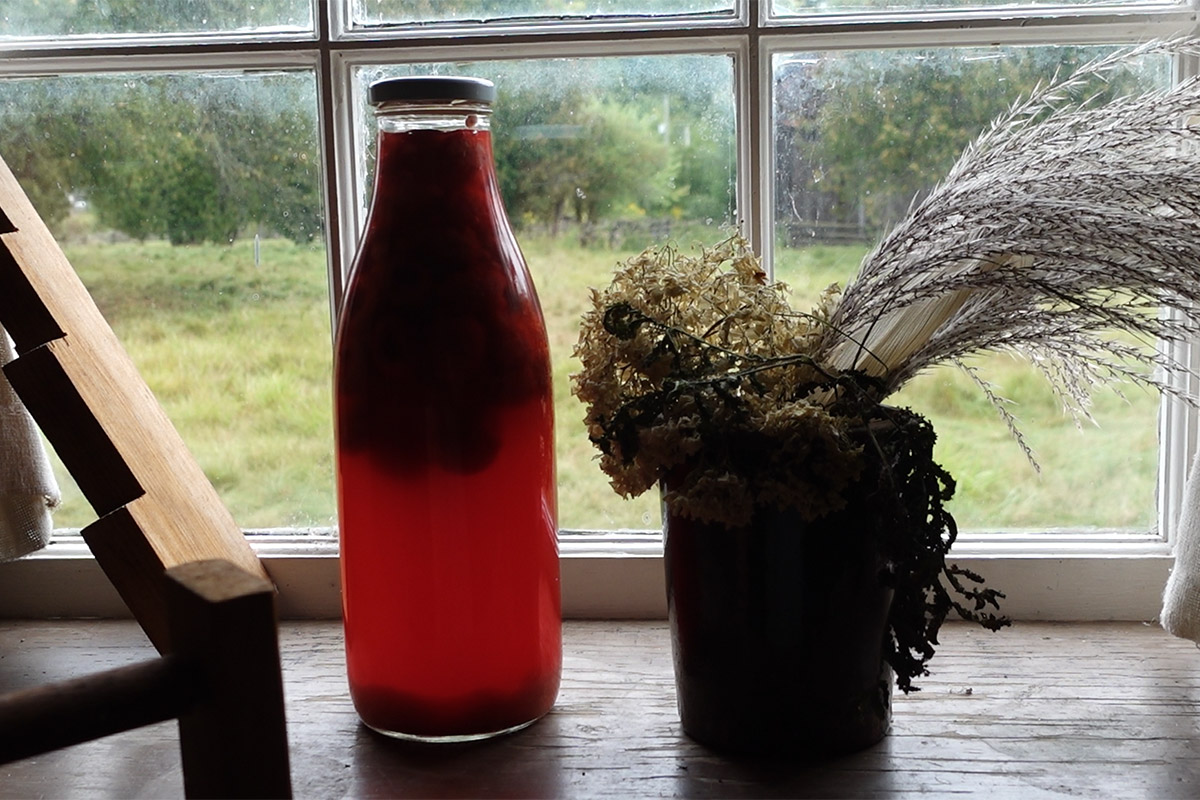
A Good Hearth is Hard to Find
A self-taught filmmaker, Benison scripts, performs, shoots and edits her own videos. The only exception is costuming, where she enlisted her mom – a professional seamstress – for help.
One of the biggest challenges Benison faced was finding somewhere with a functioning hearth where she could recreate the recipes.
“Before I moved to Ottawa, I started contacting local museums and heritage sites,” she says.
“Everywhere I looked there was an issue: the hearth was unusable, in need of repairs or too expensive for a student like me to access.”
With local options exhausted, Benison reached out the Lang Pioneer Village Museum in Peterborough, making the three-hour drive to film at their hearth.
“As a culinary historian, I was really surprised and saddened,” she admits. “The less access we have to these kinds of sites, the harder it is to teach that history.”
“Food is one of those things that can connect people across time and across cultures.”
Hearth-hunting aside, Benison says there are major benefits to sharing her thesis in such an accessible format.
“I’ve seen my project have a life right away,” says Benison. “People leave comments that they remember these recipes from their childhood or that they’ve tried them at home by following my videos. That sort of engagement would be impossible if I’d published my research in a journal.”
As a result, Benison is already crafting new videos based on viewer requests for mid-nineteenth century recipes for lemon cake, cornmeal fruit pudding, plum jam, fish and potato cakes, and a traditional Irish flat bread called fadge.
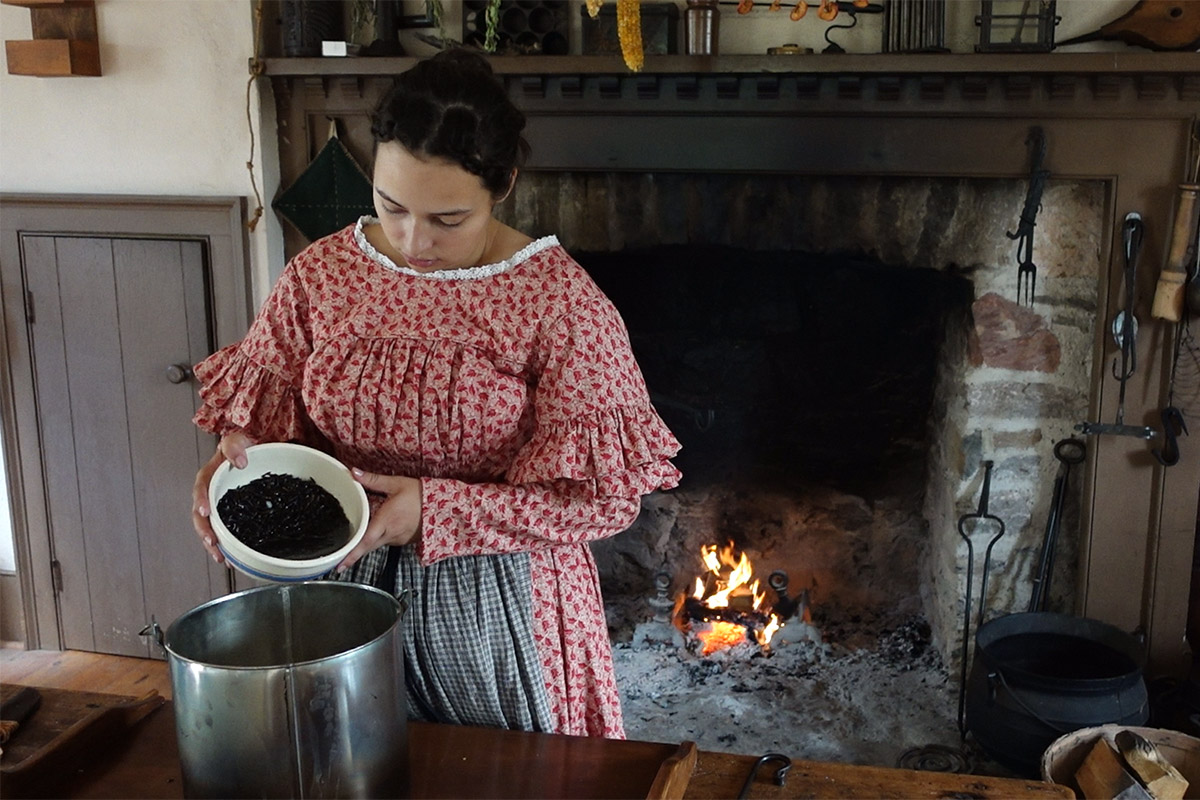
A New Understanding of Canadian Culinary History
With convocation coming up, Benison’s post-grad plans are to continue building her career in the museums and heritage sector.
She currently holds the Garth Wilson Fellowship at Ingenium, her latest gig in a string of summer internships and work-study terms with the organization that manages Canada’s national museums of science and innovation.
As this year’s fellow, Benison is helping to grow the Canada Science and Technology Museum’s bicycle collection while researching the history of women’s cycling in Canada.
She also intends to keep making videos, both as a creative outlet and a research practice that helps her connect with historical figures across time and space.
“As a historian, it feels like I’m literally reaching through time,” she says.
“It’s been deeply transformative for my understanding of the period, to not just read the words left behind by people who lived during this time, but to physically go through the same motions as they did.”
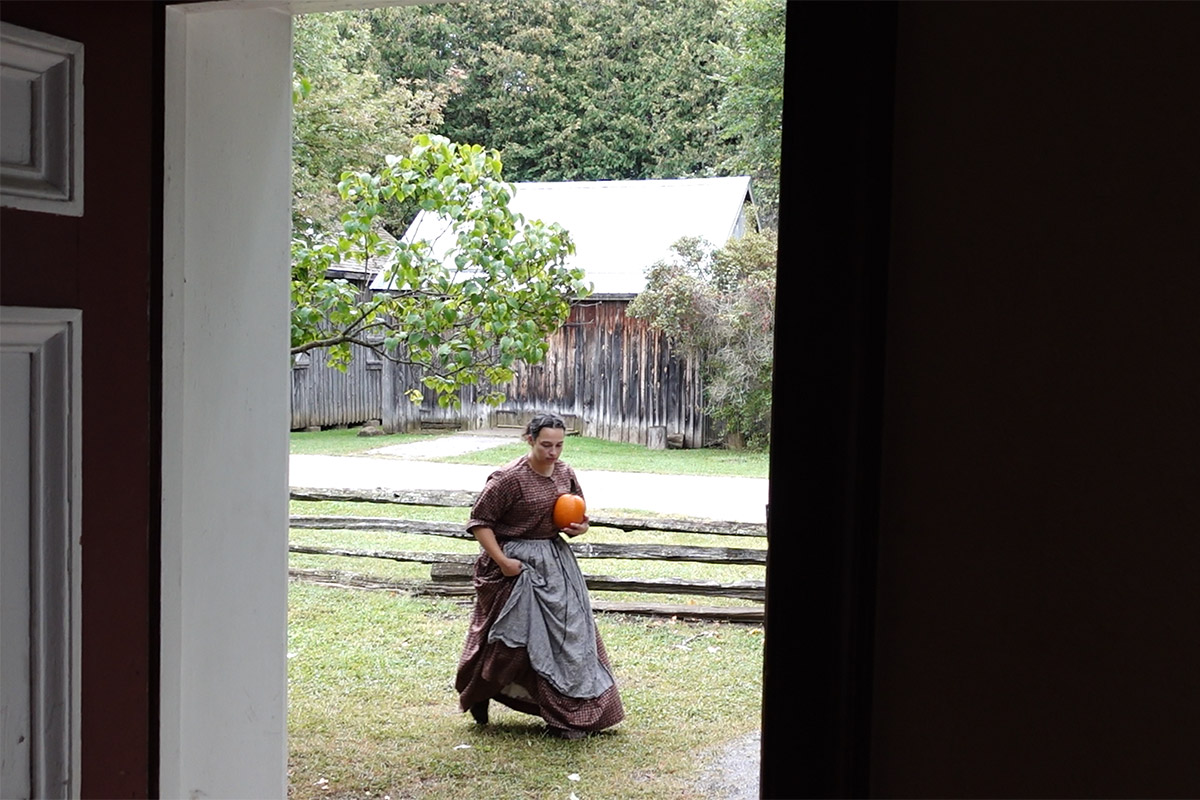
Monday, February 26, 2024 in Faculty of Arts and Social Sciences, History, Innovation
Share: Twitter, Facebook
